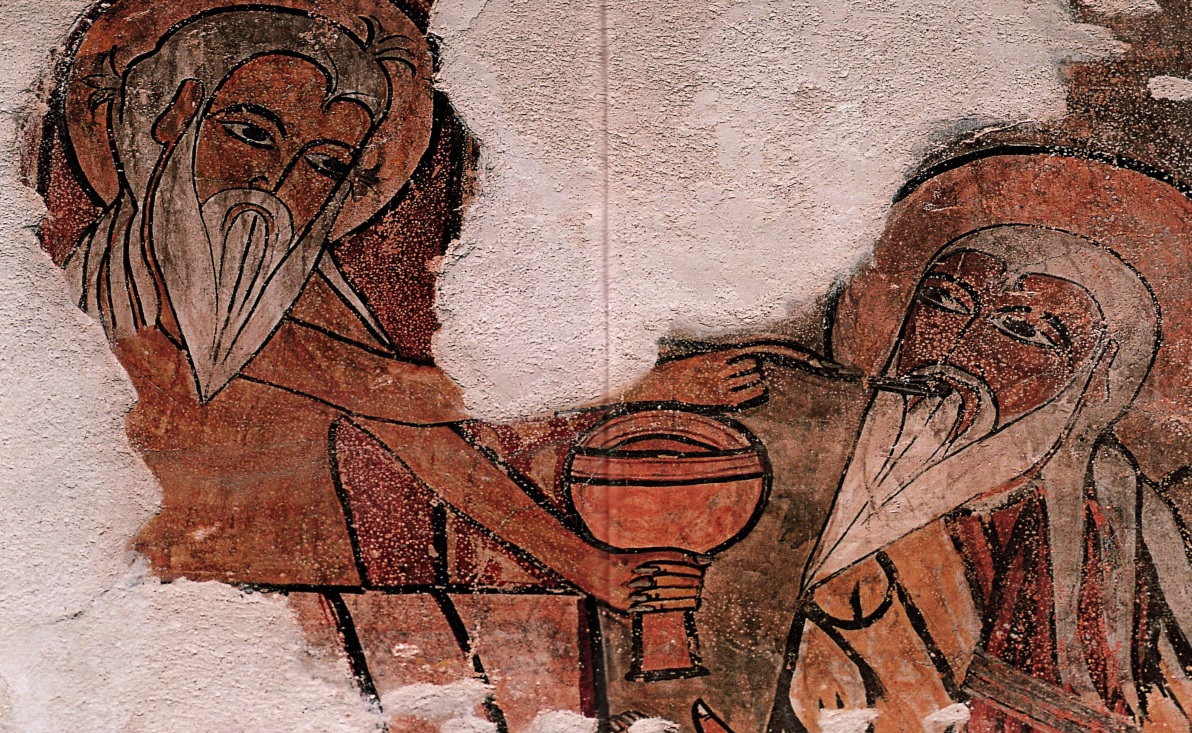23 I 2025: Przemysław Piwowarczyk (UŚ), What did laypeople do during the Coptic Mass? – a non-liturgical perspective (ONLINE ONLY)

This paper will be presented online only.
Studies on the Eucharist in late antique Christianity have traditionally focused on liturgical texts and the reconstruction of rites. However, this perspective is narrow, emphasising clerical and ritual dimensions while overlooking the experiences of the laity, who constituted the majority of churchgoers. Lay participants engaged in a wide array of activities beyond the prescribed ritual actions during their time in church. By examining scattered references in canonical and homiletical texts, we can gain insights into these dimensions of lay engagement.
This study focuses on the Eucharistic liturgy in Egypt during late antiquity and the Middle Ages, from the time of Athanasius to Gabriel V. In the first part, I outline the spatial, temporal, linguistic, and normative aspects necessary for understanding the bodily, sensory, and cognitive engagement of laypeople.
In the second part, I focus on the presence of children at the liturgy. Demographic models indicate that more than one-third of the Egyptian population in Roman Egypt was under the age of 14, suggesting that children likely formed a similar proportion of Christian participants in the liturgy. Despite this, the presence of children has been largely overlooked in scholarly discourse. This neglect stems from the historical disinterest of church authorities in children, resulting in a scarcity of relevant sources.
Nonetheless, this significant obstacle should not deter us from exploring the role of children and their impact on how the Coptic Mass was experienced by the congregation. Ignoring this dimension provides an incomplete picture. This paper examines fragmentary sources to shed light on how children were managed during the Eucharist, offering a preliminary glimpse into this overlooked aspect of liturgical history.
